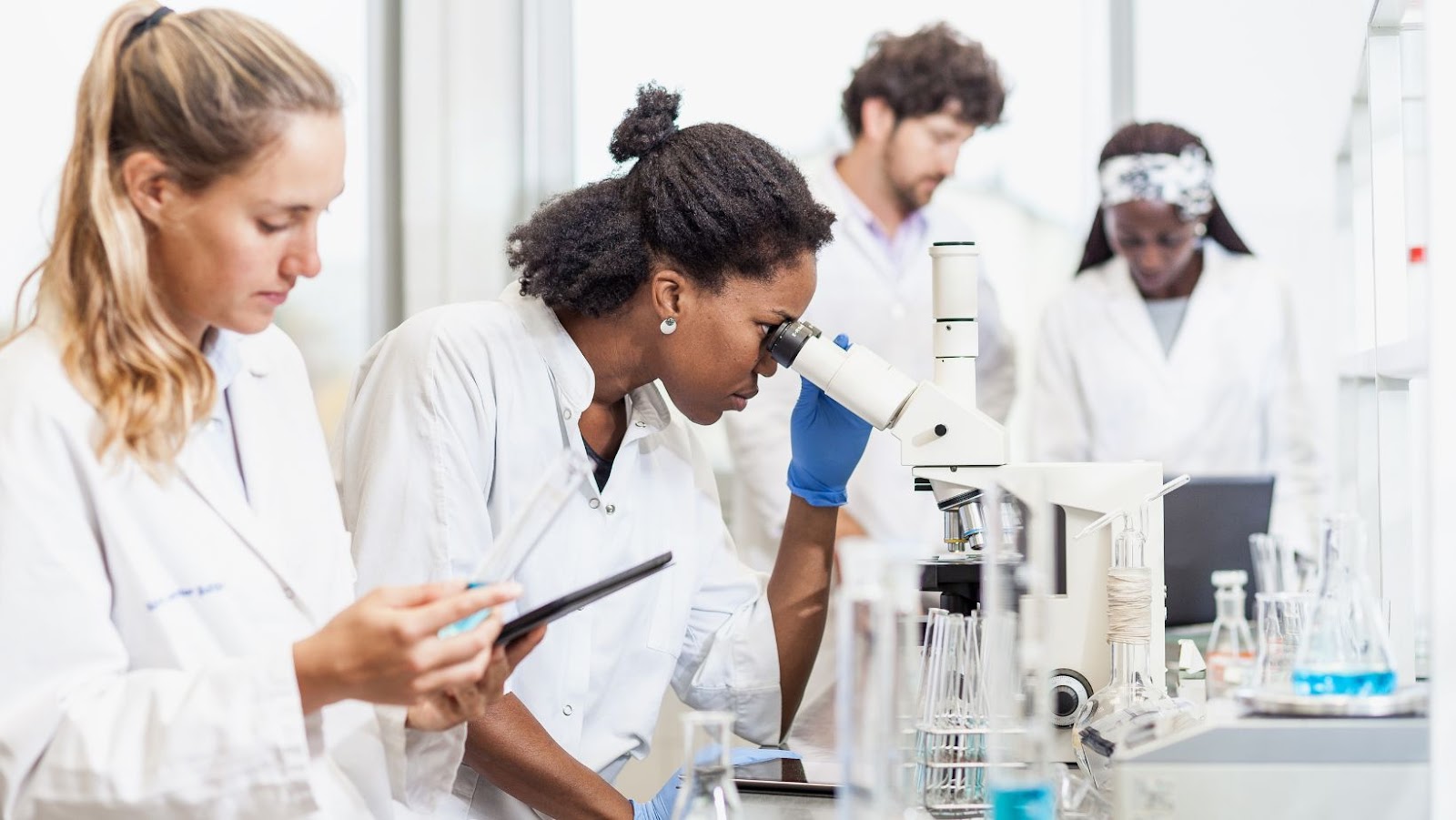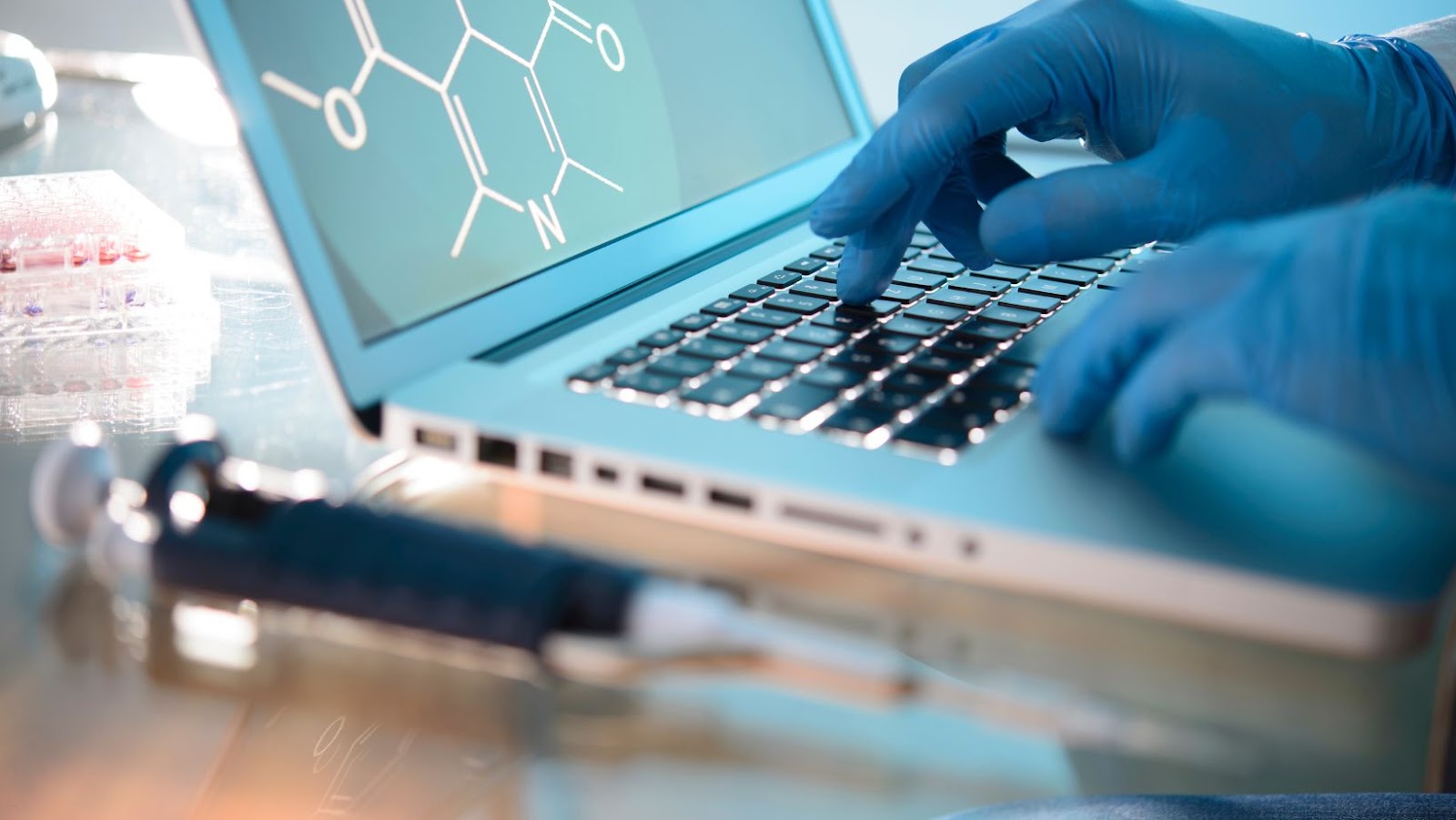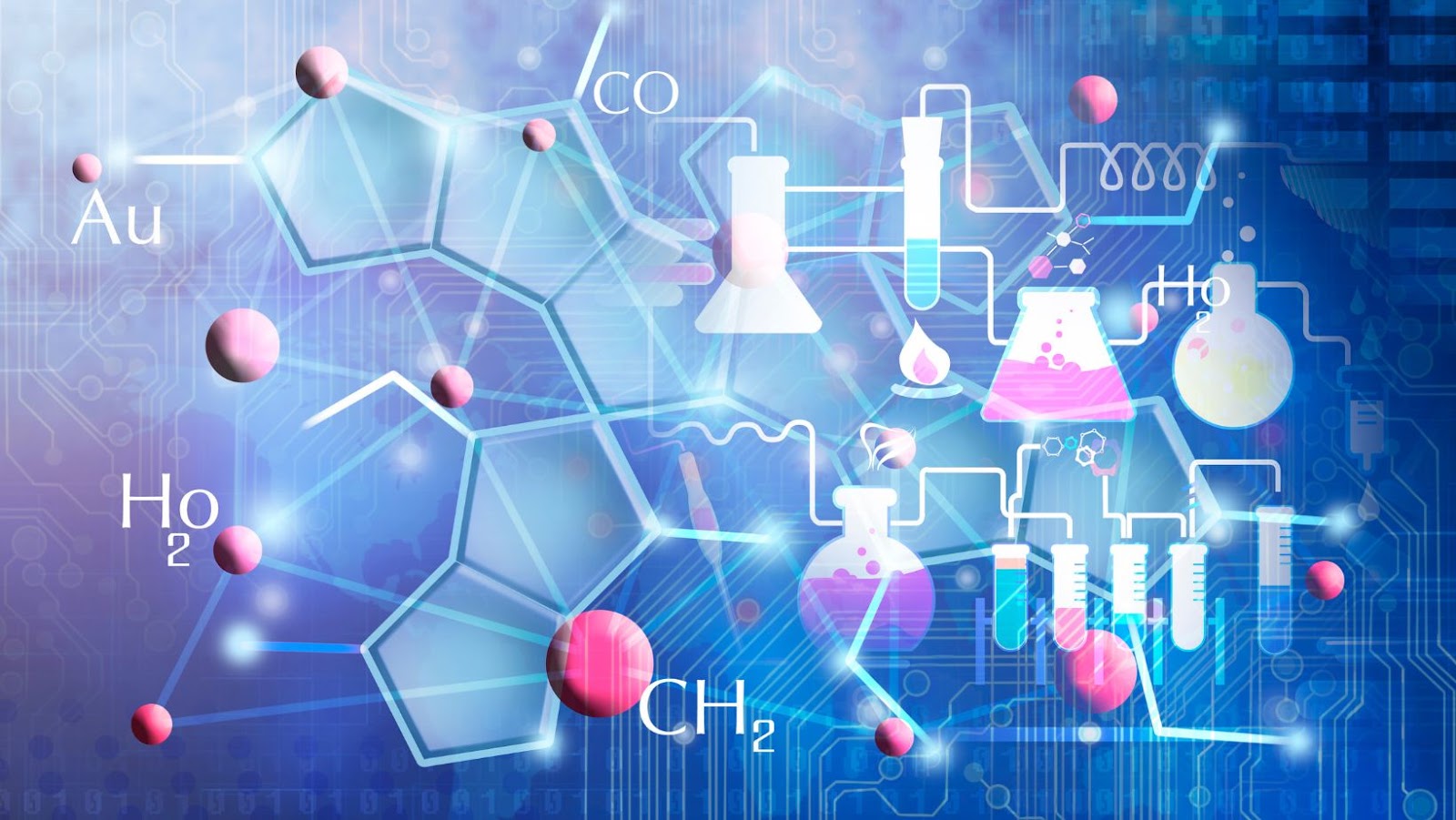 Technology and Life Sciences
Technology and Life Sciences
Technology and life sciences intersect in ways that profoundly impact human health and biotechnology. Advanced computing, artificial intelligence, and big data play critical roles in research and healthcare. These technologies aid drug discovery, genomics, and personalized medicine, making treatments more effective and targeted.
Artificial intelligence (AI) helps in diagnosing diseases faster. For example, machine learning algorithms detect patterns in medical imaging, allowing early detection of conditions like cancer. This early detection significantly boosts the chances of successful treatment.
Genomics and bioinformatics revolutionize how scientists understand genetic contributions to disease. Next-generation sequencing technologies process vast amounts of genetic data quickly. Bioinformatics tools analyze this data to identify genetic variations and their links to specific diseases.
Wearable technology tracks health metrics in real-time. Devices like smartwatches monitor heart rates, sleep patterns, and activity levels, providing valuable insights for managing chronic conditions. Real-time data enables proactive interventions, helping users maintain optimal health.
Robotics and automation streamline laboratory processes. Robots handle repetitive tasks like pipetting, reducing human errors and increasing efficiency. Automated systems also speed up the drug discovery process by rapidly testing numerous compounds.
Bioprinting creates complex biological structures, such as tissues and organs, layer by layer. This technology opens new avenues for regenerative medicine and transplantation. Researchers aim to develop functional organs for patients in need of transplants, potentially reducing dependency on donor organs.
Telemedicine utilizes communication technologies to provide remote healthcare services. This approach increases access to medical professionals, especially in rural areas. Video consultations, e-prescriptions, and remote monitoring enable continuous patient care from a distance.
Blockchain technology secures patients’ medical records. By providing decentralized and tamper-proof data storage, blockchain ensures data integrity and privacy. This technology also streamlines medical record access across different healthcare providers.
Through these innovations, the synergy between technology and life sciences continues to drive progress in medicine, biotechnology, and overall healthcare delivery.
 Recent Advances in Life Sciences Technology
Recent Advances in Life Sciences Technology
The convergence of technology and life sciences is yielding substantial breakthroughs. Key areas such as biotechnology, biomedical engineering, genomics, and proteomics are at the forefront of these advancements.
Biotechnology leverages biological systems for technological applications. Gene editing technologies, like CRISPR-Cas9, enable precise DNA modifications, revolutionizing genetic research and therapy. CAR-T cell therapy exemplifies this impact by reprogramming immune cells to target cancer, offering promising treatment options. Synthetic biology also plays a pivotal role, allowing scientists to design and construct new biological parts, devices, and systems for medical, agricultural, and industrial purposes.
Biomedical engineering merges engineering principles with biological research. Developments in prosthetics have led to bionic limbs that offer improved mobility and functionality by integrating with the nervous system. Tissue engineering aims to create artificial organs and tissues, potentially reducing the dependence on donor organs. Advanced imaging technologies, such as functional MRI (fMRI) and PET scans, provide detailed insights into physiological processes, aiding accurate disease diagnosis and treatment monitoring.
Genomics focuses on mapping and understanding genomes. Next-generation sequencing (NGS) technologies allow rapid, cost-effective genome sequencing, enabling personalized medicine approaches where treatments can be tailored to individuals based on their genetic profiles. Proteomics, the large-scale study of proteins, complements genomics by providing insights into protein function and interaction. Mass spectrometry advances facilitate the identification and quantification of proteins in complex biological samples, accelerating biomarker discovery and therapeutic development.
 Impact of Technology on Life Sciences Research
Impact of Technology on Life Sciences Research
Technology drastically improves life sciences research by enabling more accurate data analysis and advanced imaging techniques. Advanced computing and AI facilitate data analysis in life sciences. Researchers quickly process vast datasets using machine learning algorithms. For instance, bioinformatics tools analyze genetic sequences, leading to rapid insights into genetic contributions to diseases. AI-driven analytics optimize pharmaceutical research, predicting drug efficacy and safety. This data-driven approach enhances precision in diagnosis and treatment strategies.
Technology revolutionizes imaging techniques in life sciences research. Innovations in MRI, CT scans, and PET scans provide high-resolution images, which improve disease diagnosis and monitoring. AI algorithms analyze medical images, enabling early detection of conditions like cancer. Advances in microscopy, including super-resolution techniques, reveal cellular processes in unprecedented detail. These imaging enhancements accelerate research into disease mechanisms and aid in developing targeted therapies.